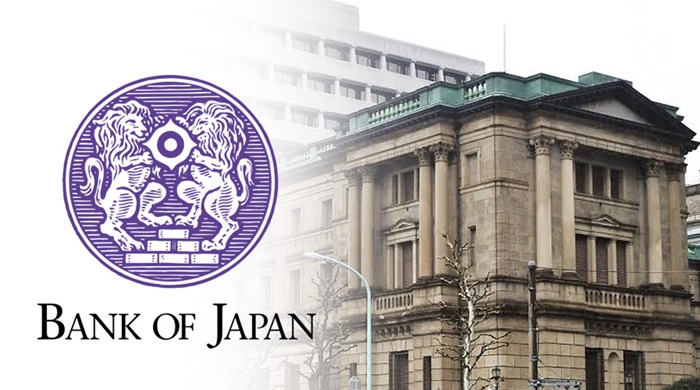Finance
Japan’s Monetary Shift: Interest Rates Raised After 17-Year Stasis

- Bank of Japan raises key interest rate from -0.1% to 0%-0.1% amidst wage increases and rising consumer prices.
- Japan becomes last country to exit negative interest rate territory, reflecting a global trend away from negative rates.
- BOJ abandons yield curve control policy, aiming to address criticism of market distortion.
- Despite recent inflation, BOJ signals no immediate further rate hikes, anticipating maintained accommodative financial conditions.
Japan’s central bank, the Bank of Japan (BOJ), has decided to increase its key interest rate from -0.1% to a range of 0% to 0.1%. This move comes amidst a significant rise in wages following an increase in consumer prices.
Back in 2016, the BOJ had slashed interest rates below zero in an effort to kickstart the country’s struggling economy. Negative interest rates meant that people had to pay to keep money in a bank, encouraging them to spend rather than save.
With this recent hike, Japan becomes the last country to move out of negative interest rate territory. This shift reflects a broader trend away from negative rates globally.
In addition to adjusting interest rates, the BOJ has also decided to abandon its yield curve control (YCC) policy. Under YCC, the bank had been buying Japanese government bonds to keep long-term interest rates from rising. However, this policy has faced criticism for distorting financial markets.
Overall, these changes mark a significant shift in Japan’s monetary policy, aiming to address economic challenges while promoting more balanced market dynamics.
In a statement announcing the decision, the BOJ said it will keep buying “broadly the same amount” of government bonds as before and ramp up purchases in case yields rise rapidly.
There had been a growing anticipation that the Bank of Japan (BOJ) would finally decide to raise interest rates, especially since Governor Kazuo Ueda assumed office in April of last year. The latest official data revealed that despite a slowdown in the rate of price increases, Japan’s core consumer inflation remained steady, meeting the central bank’s target of 2% in January.
The decision to finally hike rates hinged on the country’s major corporations increasing wages for their workers to help them cope with the rising cost of living, told Nobuko Kobayashi from consulting firm EY-Parthenon.
But the return of inflation could be both good and bad news for the economy, Ms Kobayashi says.
“Good, if Japan can stimulate productivity and domestic demand. Bad, if inflation stays externally-driven by things like war and supply chain disruptions.”
Looking ahead, the BOJ has signalled that there will not be further rate hikes for now as it anticipates that “accommodative financial conditions will be maintained for the time being”.
“With inflation coming off the boil now, it seems likely that trade unions will push for smaller pay hikes in next year’s talks,” wrote Marcel Thieliant of research firm Capital Economics.
“With wage growth peaking this year, we still expect inflation to fall below the BOJ’s target by the end of the year so the Bank won’t feel the need to lift its policy rate any further.”
In February, Japan’s main stock index, the Nikkei 225, reached an all-time high, beating a record that had stood for 34 years. It was a significant moment for the country’s economy.
Just recently, Japan managed to steer clear of slipping into a technical recession, thanks to a revision in its official economic growth figures. The revised data revealed that the gross domestic product (GDP) had actually grown by 0.4% in the last quarter of 2023 compared to the previous year.
During the pandemic’s height, central banks worldwide slashed interest rates in a bid to counteract the severe impacts of border closures and lockdown measures. Some countries, like Switzerland and Denmark, even introduced negative interest rates, alongside the European Central Bank.
However, as the situation evolved, central banks such as the US Federal Reserve and the Bank of England took a different approach. They began aggressively raising interest rates to tackle the surging prices and inflationary pressures. This shift marked a significant change in global monetary policy strategies.






















































